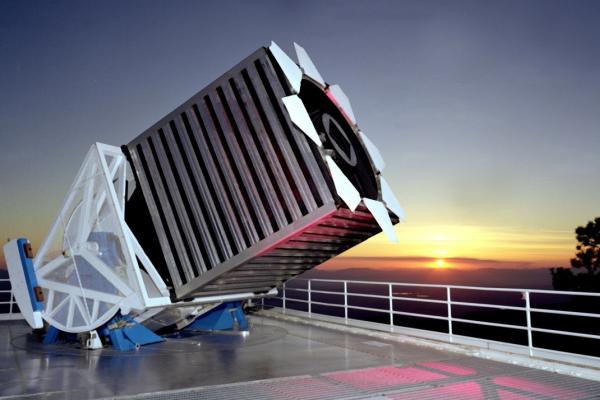
Title: Stellar Multiplicity With Large Spectroscopic Surveys
Abstract:
I will discuss our present knowledge of the statistics of stellar multiplicity (the multiplicity fraction and the distribution of periods, mass ratios, and eccentricities), and the implications for stellar evolution, in particular for supernovae (SNe) and stellar sources of Gravitational Waves. I will describe how multi-epoch radial velocity measurements from large spectroscopic surveys, augmented by parallaxes from Gaia, can open a new observational window on stellar multiplicity, and present two case studies: white dwarfs in SDSS/SEGUE, and main sequence and red giant stars in SDSS/APOGEE. For the white dwarfs, we can measure their merger rate and evaluate their viability as Type Ia SN progenitors. For the main sequence and red giant stars, we can explore the interplay between stellar evolution and stellar multiplicity, evaluate the rate of stellar mergers, and investigate the strong relationship between chemical composition and the multiplicity fraction.
